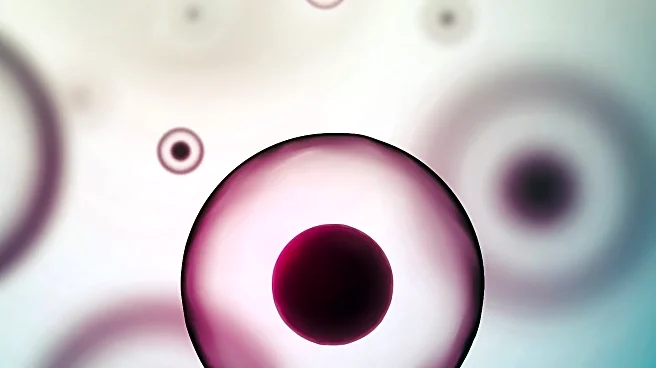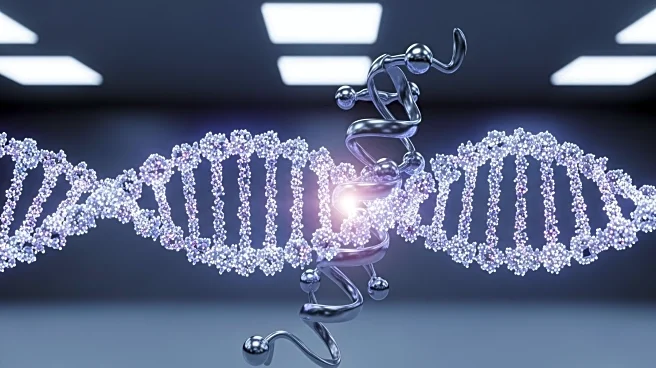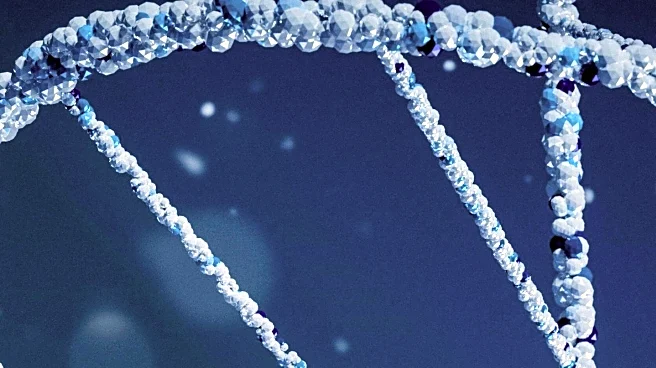What is the story about?
What's Happening?
The self-amplifying RNA (saRNA) synthesis market is projected to experience significant growth across North America and Asia-Pacific regions. According to InsightAce Analytic Pvt. Ltd., the market is valued at USD 115.1 million in 2024 and is expected to reach USD 715.6 million by 2034, with a compound annual growth rate (CAGR) of 20.4% during the forecast period. SaRNA technology offers enhanced protein expression at lower dosages compared to conventional mRNA, making it a promising platform for various clinical applications, including oncology and infectious disease prevention. The COVID-19 pandemic has accelerated innovation and investment in RNA platforms, positioning saRNA as a compelling alternative to traditional mRNA approaches. The technology's ability to generate strong immune responses at lower doses has attracted attention from vaccine developers and biopharmaceutical companies.
Why It's Important?
The growth of the saRNA synthesis market is significant for the biotechnology and pharmaceutical industries, as it represents a shift towards more efficient and scalable therapeutic solutions. SaRNA's dose-sparing capability and potent immunogenic properties make it an attractive option for vaccine development and personalized medicine. The technology's adaptability supports patient-specific treatment strategies, which are increasingly important as genomic sequencing and bioinformatics tools become integrated into clinical practice. The expansion of saRNA applications beyond infectious diseases, including gene replacement therapies and targeted cancer immunotherapies, highlights its potential to address unmet medical needs and drive innovation in the biotech sector.
What's Next?
The saRNA synthesis market is expected to continue its growth trajectory, driven by ongoing advancements in RNA engineering, lipid nanoparticle delivery systems, and scalable synthesis processes. Collaborative efforts among biotechnology companies, academic institutions, and regulatory authorities are anticipated to accelerate innovation and commercialization. As regulatory frameworks evolve and technological capabilities advance, the market is projected to achieve sustained growth. North America is likely to maintain its leading position, while the Asia-Pacific region is expected to experience the fastest growth, supported by strategic investments in RNA vaccine development and manufacturing infrastructure.
Beyond the Headlines
The development of saRNA technology raises important ethical and regulatory considerations. The lack of globally harmonized regulatory frameworks for saRNA introduces complexities in molecular characterization, safety assessment, and quality control. These challenges may impact investment and commercialization efforts. Additionally, the technology's self-replicating mechanism and reliance on advanced delivery systems require careful evaluation to ensure safety and efficacy. As the market expands, addressing these regulatory uncertainties will be crucial to unlocking the full potential of saRNA-based therapeutics.
AI Generated Content
Do you find this article useful?













